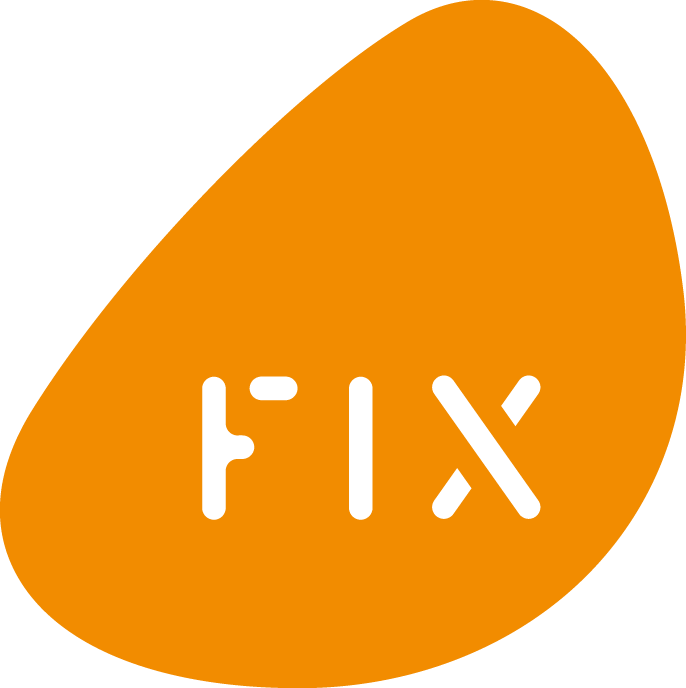PILATES, MOVEMENT THERAPY, CLINICAL PILATES
FIX PILATES TEACHER AMY MOFFAT SHARES HOW TO CHOOSE THE BEST PILATES OPTION FOR YOU
At Fix we offer a range of Pilates experiences to suit different levels and needs. At East Village, Mat Pilates is offered alongside Equipment Classes where the reformer, tower, wunda chair and spine corrector, as well as various ‘props’ such as Pilates balls and Pilates rings, are employed for different benefits.
All of the Pilates repertoire is based on the work of Joseph Pilates, and each piece of equipment is designed with its own special talent. Think of them as superheroes to aid your progress, no matter what point you’re starting from.
MAT PILATES
Mat work is considered the true foundation of Pilates. Originally consisting of 34 exercises, Pilates mat work now offers endless variations on the original forms, with various progressions now developed as our knowledge of the human body in movement has changed and expanded.
Mat work is the most accessible of the Pilates repertoire because no special equipment is needed, other than a supportive surface. While it’s easy to get started with the mat work, the exercises themselves range from the foundation level to very challenging. The good news is, the exercises are all endlessly adaptable to all fitness levels and life stages.
The main difference between mat and reformer is that on the mat, you use only your own body weight as resistance, and you have nothing to support you when you require balance, other than your own limbs and weight. There’s no footbar, springs, or straps to push or pull against, like you would find on the Reformer, which means there is very little feedback and this can be a lot more challenging for our sense of proprioception, i.e. information that helps our brains orientate our body in space.
For example, while holding the handles of the reformer straps, you feel the play of tension between you and the pulleys that move the reformer. With mat work, you’re on your own which can make for a steeper learning curve as a beginner. The feedback the reformer offers can make it a more attractive option for those learning to move again after an operation or injury, or for those who are complete beginners.
REFORMER PILATES
The reformer consists of a flatbed called the carriage, which lies on top of the frame of the reformer. With a headrest, shoulder rests, and footbar to rest the feet on, it makes for a very comfortable starting place.
Underneath the carriage are a series of springs that we adjust to increase or decrease resistance, making for a very adaptable exercise experience where the reformer becomes your assistant and your resistance, depending on the exercise and what the goal of your sessions are.
Unlike the mat, reformer Pilates is done on an elevated surface. Depending upon the exercise, you might be standing on the reformer, several feet off the ground, balancing on one leg with your other foot perched on the footbar, platform, or shoulder rest. At other times, you might be lying on your back with your feet above your head suspended in foot straps. Compared to the mat, the reformer offers great support while also offering the option for greater challenge, which makes it more versatile than mat work.
While the reformer and mat are separate options, they share the same principles and foundations to get us moving in an optimal way. The reformer, and other pieces of equipment, can help guide us toward carrying our own weight with more stability and strength, increase our ranges of movement and travel in space with improved proprioceptive awareness, which helps with injury prevention, and is especially important for those who experience hyper-mobile joints.
The mat work offers an accessible form of exercise, which can be continued at home in between sessions. The range of exercises ranges from the absolute foundations of Pilates, all the way to the most challenging Pilates exercises and to ultimate functional movement.
MAT PILATES OR REFORMER PILATES?
The good news is, whether you choose mat work or reformer, we’ll guide you towards what we feel is the most efficient and appropriate choice for you, and ensure you have a couple of mat exercises you can work on between sessions to aid your progress and help you achieve your goals.
Amy is available for private Pilates sessions in Mat Pilates and Reformer Pilates. Book either session with Amy below.
In addition to private Pilates sessions we offer a range of group mat Pilates classes.
